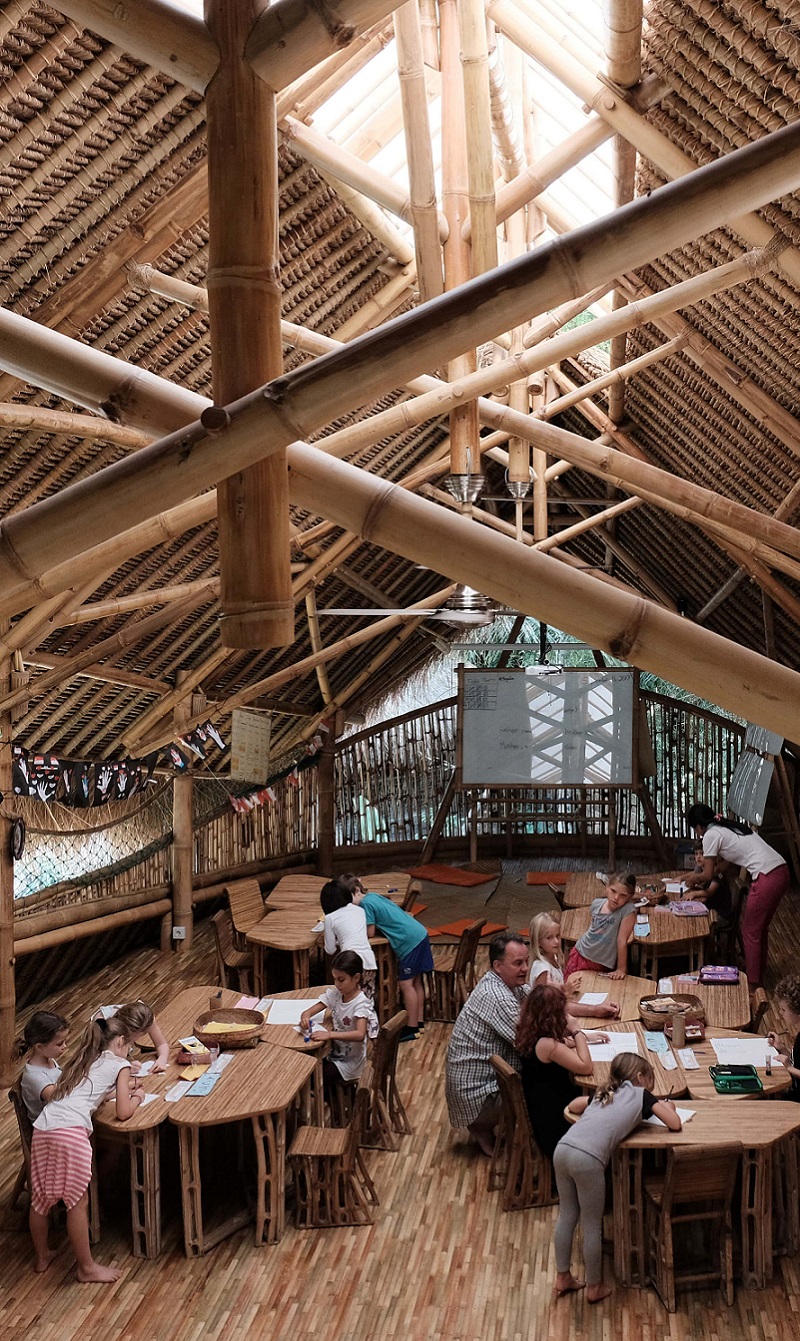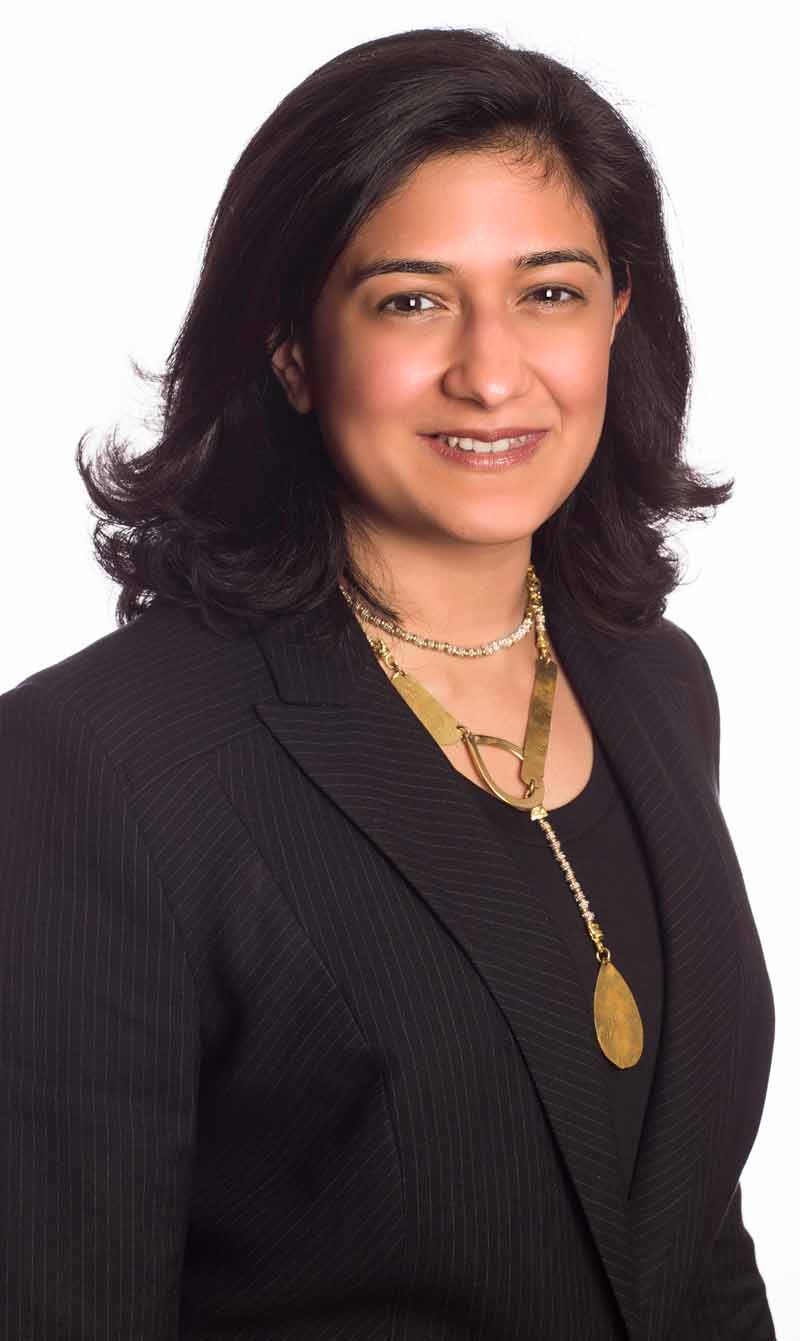Shifts in education
Everybody in a way or another has an interest in education mainly because it plays a major role in one’s life. Its potential is huge, but how should education systems be to trigger student’s full potential?
Prominent educators like Brazilian educator, Paulo Freire, believe that modern education institutions provide lifeless bodies of knowledge, cultivating passive students. Other educationists argue how current education systems deprive students of freedom and resources to be creative. Of course, there are exceptions because more and more people are starting creative businesses in education to tackle just that.
Sir Ken Robinson, a creativity expert and international advisor on education affirms the shortcomings of modern education systems and the need to provide alternatives.
Some of the oldest alternatives to modern education are Summerhill School founded in 1921 and Agastya International Foundation founded in 1999. Other successful examples include Elite International Arabic Centre, which was recently relocated and renamed the Global Modern International School (GMS) in September 2017.

Summerhill, located on the east coast of the United Kingdom, in Leiston, was founded by Scottish educator A.S. Neill, with the aim to teach students life skills through living in a democratic community. Termed as an alternative to a free school, Summerhill is one of the oldest democratic schools for children. Its principal since 1985 has been Neill’s only daughter, Zoё Neill Redhead, who believes the world underestimates the wisdom of children.
She runs a co-educational boarding school where freedom and responsibility to learn is left in the hands of the students. With teachers, classrooms and timetables, Summerhill is like other schools but the difference is, classes are not compulsory. This way students learn responsibility. They also learn compassion through school meetings and develop as people to find the direction they want to take in life without being pushed in any direction.

It may seem like a radical establishment, but between the 1920’s and 40’s, people such as Bertrand Russell, and Henry Miller were already inspired and interested in Neill’s ideas and had a new, liberal approach to life. With over 14 books and studies written about Summerhill and its founder, it still has an almost constant battle with the UK government authorities, one of which was made into a movie in 2008.
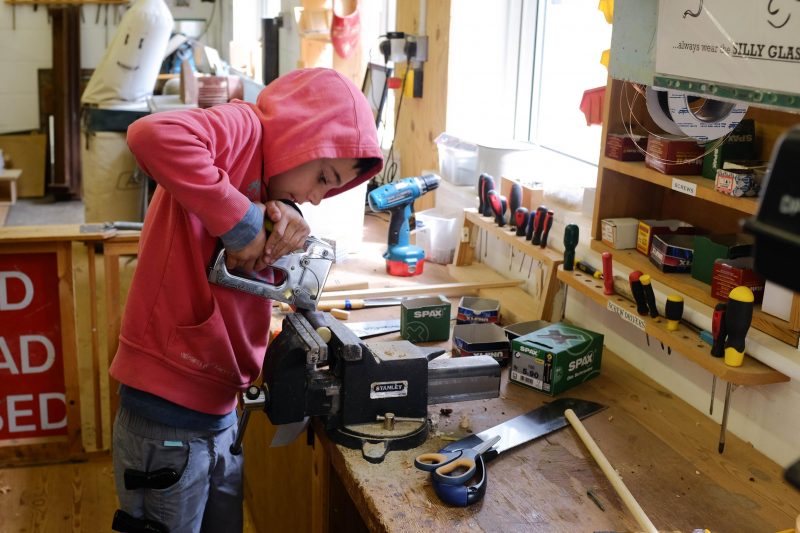
Zoё believes things are changing. ‘They’re beginning to perhaps perceive the gem here as a model of an alternative style of education,’ she says. Summerhill offers the standard UK school-leaving exams which are needed to enter college. Though occasionally a student opts out of the exam system, Zoё points out that success can only be defined by the individual not what a teacher or parent perceives. She’s as proud of her students who take no exams as she is of those taking many and Summerhill offers both groups the same support.
‘People seem to be more interested in a relaxed and perhaps vocational approach in some areas, though it’s very slow to catch on because the pressure to achieve fast results is still at the forefront,’ she comments on the future of education. In the UK at least, she says a new interest in students’ mental health might help reduce the pressure on students.
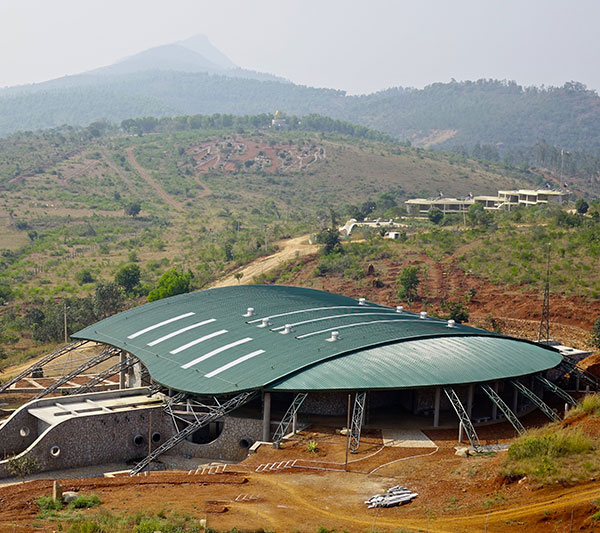
The Taj Mahal of creativity
Another ground-breaking school, located in the Indian town of Kuppam, is Agastya International Foundation. From a very young age, its founder and chairman, Ramji Raghavan dreamed of setting up a school in the foothills of the Himalayans to engage and unlock students’ creativity. Before Ramji can embark on his dream, he followed in his father’s footsteps and became a business executive. Ramji’s dream developed into a school that centres on experiential and hands-on learning.
While studying at the London Business School in the UK, unintended events got him to rethink his career. In 1978, Ramji left England to start a social initiative somewhere in rural India to, according to him, free India’s education system. Initially, that didn’t work out but more than a decade later it did. So, along with some of his father’s influential friends including former chairman of India’s Atomic Energy Commission, P.K. Iyengar and Ramji’s colleague and former principal of Rishi Valley School, they brainstormed on what India education systems needed and agreed on three things: to move to enquiry based learning system; to work through teacher education, and; to focus on ecology.
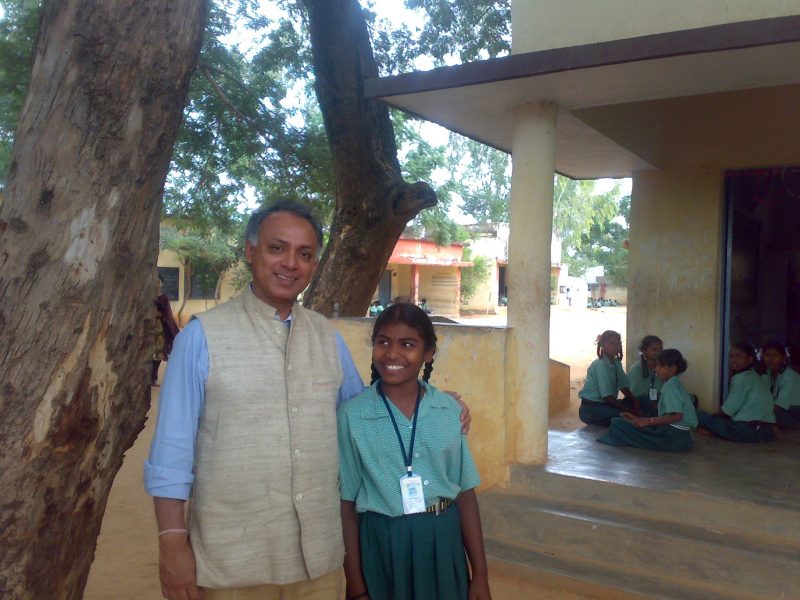
As media attention grew and the Corporate Social Responsibility Bill (CSR) was passed in India, money started coming into the NGO sector. Ramji’s fundraiser team went out to meet people and presented proposals. ‘It’s not easy but every entrepreneur has to live with it,’ Ramji explains. ‘With perseverance, persistence, keep on track and your donors informed of what you’re doing, won’t make it easy but [managing finances] isn’t such a big road block then.’
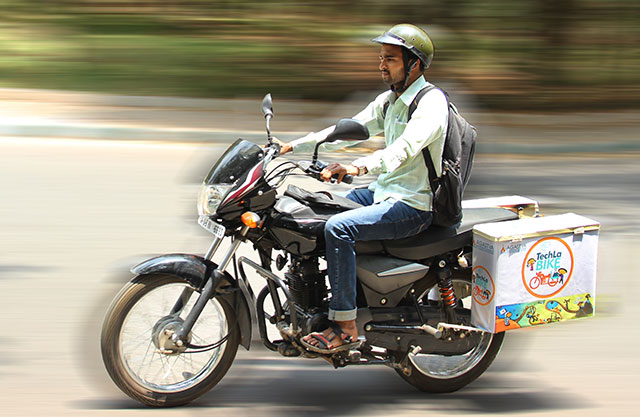
Another turn of events was when the stock market investor, Rakesh Jhunjhunwala, proposed to develop the campus, evolving Agastya in very interesting ways. Ramji decided to have stationary science centres bringing teachers and students to learn together and Mobile Labs as well as Agastya’s new innovative motorbike science labs called TechLaBikes carrying lab experiments to more remote areas.

From then on, Agastya turned into a resource centre or public laboratory for school children from thousands of schools from all over India. Ramji also launched Operation Vasantha, a low cost and high impact night village school where children go out to villages to teach other children.
For the third focus, Ramji spoke with an ecologist to restore the life of the land. After much work clearing the waste, they revived many rare species and plants with medicinal properties that were close to extinction. As a result, people now come from all over the world to study the remarkable campus. A recent study by the India Institute of Science on the eco-regeneration of the Agastya Foundation campus details Agastya’s revival efforts of land’s ecosystem.
All these collaborations with scientists from India and around the world are crucial to Agastya’s establishment, especially to its bio- discovery centre. The challenge now, with almost 1,500 staff, is training to retain the quality and passion for Agastya.
Re-formations
Born and raised in Yemen, Shaima Salem Abdulrazzaq Abdullah began her career in education in 2000, with a passion for providing a better schooling experience for her five children. She opened her first kindergarten to the public in the city of Aden in 2000 called Kids Stop, where her own children attended. A few years later, she expanded her schools into primary and secondary levels.

By 2015, she was running four national schools called Al-Nukhbah National Schools. Then she had to flee the country due to war and she had to start her career all over again. ‘If you want to do something, you can do it,’ she says with determination. At the start, when she was a young principal, parents of her students couldn’t believe the responsibilities she had taken on. ‘Parents were used to seeing older principals, it was difficult for them to believe and trust my capabilities,’ she explains. ‘But that changed when they saw the school and what it provided.’
Unfortunately, that wasn’t her only challenge. When the war broke out in Yemen and the social and economic situation worsened, she decided to leave with her husband and five children. They left by boat on a 33-hour journey from Al-Makha’a port in Yemen to Berbera in Somalia. They managed to reach Jordan and eventually made their way to their final destination, Malaysia. ‘In education nothing’s easy,’ says the now 40-year-old Shaima.
After her arrival in Malaysia, she settled in Kuala Lumpur among a large Yemeni community who had also fled the war. They were looking for an affordable and proper education for their children. Admission to the Malaysian education system was not an option and private schools cost too much. ‘Those who plan to return to Yemen want to register their children in a school so they don’t miss out on their school year,’ she says.
‘Uncertainty floods the Yemeni community living temporarily in Malaysia. Some may leave without notice,’ she says ruefully because it’s a problem for her education business plan. ‘But I’ve to accommodate everyone under these circumstances.’ Experience under her belt, along with a great need for a Yemeni education centre, convinced several Yemeni businessmen who had fled Yemen to come up with financing.
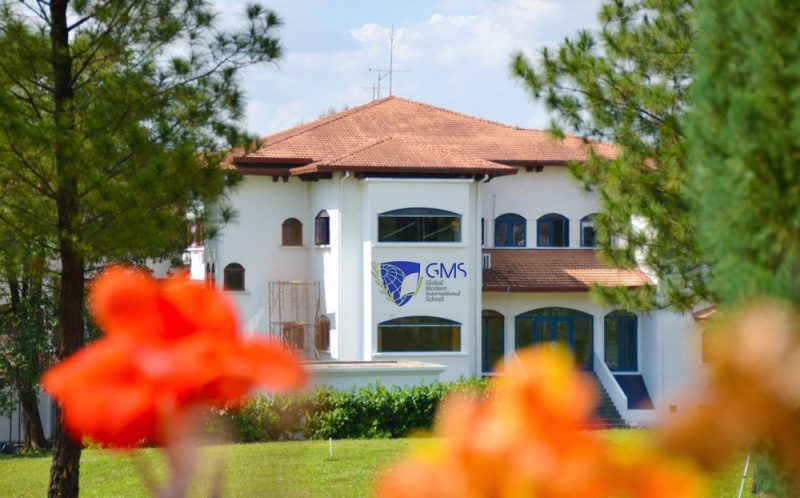
At the end of 2015, the school was set up in Shaima’s building shop lot and named the Elite International Arabic Centre, now known as the Global Modern International School (GMS) . It offers a few educational options – the Yemeni national syllabus for those planning to return to Yemen, English and Arabic subjects and preparations for the University of Cambridge International Examinations (IGCSE) that help students enter universities in Malaysia and abroad. In just under two years, Shaima succeeds in providing a fun learning experience to 199 permanent and temporary residents in Malaysia including locals and international students. ‘There are still many challenges,’ she admits. ‘But planning for a full-fledged school building with permanent teachers is my current priority. This experience has taught me to be patient and make quick decisions at crucial moments,’ she concludes.
___________________
Read more exclusive interviews from various industries on the digital versions of In Focus magazine, issue 1 and issue 2.

